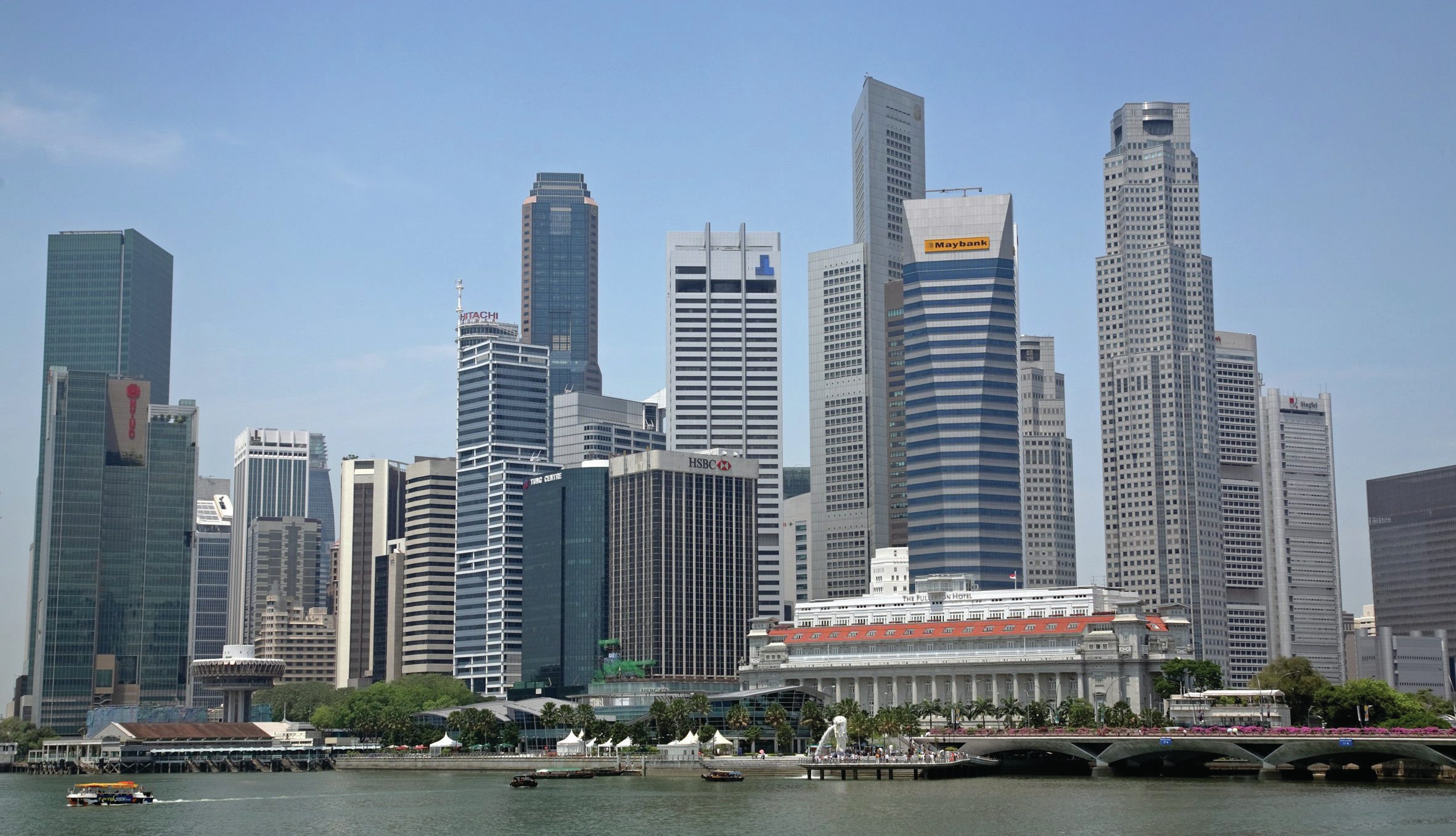
Many less developed countries, especially in sub-Saharan Africa, face problems in a wide range of areas. For example, many are conscious that reliance on primary production has held them back in the past, so they see industrialisation as being the route to growth and development. They also find themselves heavily reliant on imports to supply capital goods and other manufactured products. In this context, import-substituting industrialisation seems an attractive proposition, as it appears to offer a solution to both problems. However, the experience of some countries that have tried to follow this path suggests that it is not so straightforward as it seems. In exploring this question, we evaluate some of the issues involved.
(a) Explain the features of a policy of import-substituting industrialisation (10 marks)
Your organisation does not have access to this article.
Sign up today to give your students the edge they need to achieve their best grades with subject expertise
Subscribe




